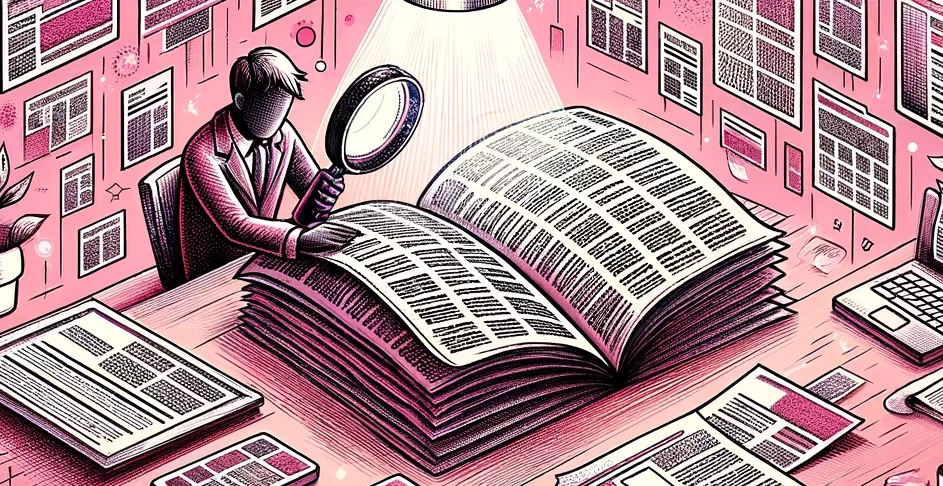
Embrace Generative AI to increase the scale of fact-checking?
by Christos Gavalas, Journalist & Fact – Checking Manager at ATC
What is the biggest problem fact-checking faces nowadays? Do people read it? Does their behavior change, based on its findings? Or is it just an outdated public service that takes the shape of long boring research-like texts and is always lagging compared with the bad actors out there? How many of the informed citizens of today know what are the leading false narratives that fact-checkers around Europe work to debunk?
These questions show the scope of the problem which is merely the fact that malicious players who spread fake news at scale seem to have an edge when it comes to being one step ahead of all of those who work to catch them, in a never-ending loop of failure for societies to embrace fact-checking reports and make them a key part of their public discussions.
This reality happens in parallel to the spending spree national governments are being into, regarding AI products. The US government has spent 1,6 billion $ on AI in 2023. While citizens all over the world seem to agree that their government should embrace digital innovation. However, most eyes have turned to generative AI, the technology behind conversational tools such as ChatGPT.
In journalism, the use of AI is opening new horizons in the attempt to make production faster; chatbots can serve as the assistants that help you get to your goal in a much quicker fashion.
In data journalism, the impact GenAI can have is electrifying. The ability to process and analyze data, look for patterns and outliers, summarize documents, transcribe audio to text or even text to text, and convert files like scans or PDFs into readable spreadsheets are fundamental in any data-based investigation.
So, what if we could make fact-checking (at least on the level of the final article / report) an easier task? Would that allow us to work on a scale? And would that mean that more and more fact-checking reports with a sharp and to-the-point structure will end up appearing on our feeds? And if that’s a question of scale, how much of a difference could that make to our understanding of the falsehoods around us?
At ATC, we have prepared the ground for an easier transformation of a long list of information regarding a fact check to a cohesive and easy to digest fact check report, through the use of generative AI. We ask fact-checkers who use our collaborative platform to fill in crucial parts of the news verification process they followed and get back an automated but still editable fact-checking report, that brings them just one step away from publication.
In parallel to that, a new fact-checking archive has been established, covering the whole EDMO network, from 27 different European countries. Every fact-checking organization can feed this archive with their work, each piece of which can be summarized again with the use of generative AI.
These are just the first few initiatives we have undertaken to make fact-checking enter the AI era with increased chances of being seen and appreciated, with hopes that it will then change the perception people have of fake news and how impactful it can be in our democratic societies.

